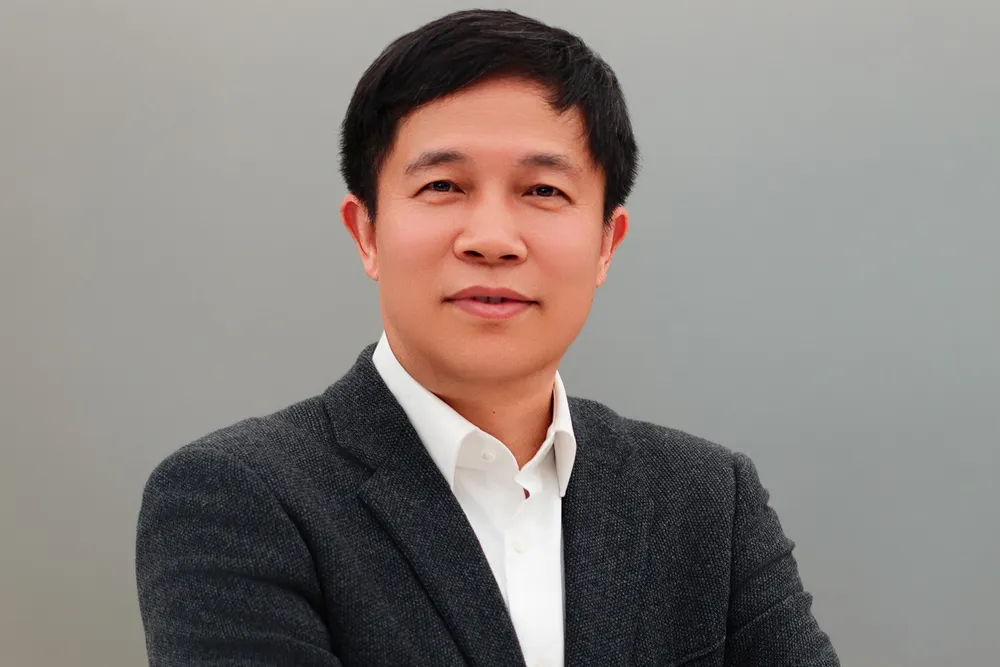'Simple maths': Envision exec on why two-bladed wind turbine makes sense
Envision has turned heads in renewables sector with resurrection of two-blade turbine that exec says could help make green hydrogen and ammonia production more economic

Its “next-generation two-blade onshore smart turbine prototype” has according to Envision achieved a “remarkable” availability rate of 99.3%, a mean time between failures of 2,444 hours, and equivalent full-load hours reaching over 3,000 hours per year.
The Chinese turbine-making behemoth says that field performance of the machine – built on Envision’s Model X onshore platform – is on par with traditional three-blade machines operating at the same site.
But why start developing two-blade wind turbines, with all the extra complications that will come with such a radical departure from the tried and tested three-blade models of which Envision has produced so many?
But despite its success Envision is “always thinking over” how to make these parks for producing clean fuels “more economic,” said Lou.
Lou highlighted that the business case for using green hydrogen and ammonia – as for any energy source – is based on the economics, so Envision is pushing hard to innovate and reduce the cost of producing these clean fuels.
For your average three-blade wind turbine, Lou said that the blades will take up more than 40% of the total material costs. Producing a machine that can run with just two blades is therefore an obvious way to improve the margins.
Two-bladed machines may be cheaper, but they have struggled to compete with their three-bladed cousins due to excessive system vibration, load imbalance and what some see as their ungainly appearance.
However, Envision believes that it has overcome the first two issues with its new model (the third naturally being a more arbitrary and less consequential issue).
Envision said that its journey with two-blade turbine technology began more than a decade ago at the Global Innovation Center in Denmark, where it tested the “Game Changer” – a 3.6MW offshore two-blade turbine.
Since that prototype was installed in 2013, Envision said it has accumulated significant product development and operational know-how, laying the foundation for its new two-blade model.
Lou said Envision’s prototype two-blade turbine, which he describes as having an almost six megawatt capacity, was designed in 2023 and deployed last year near an existing hydrogen and ammonia plant.
But the turbine-making giant did not announce having deployed the machine, which was kept secret, until it had tested and validated its performance, said Lou, explaining this is standard practice for Envision. “This is our behaviour and our culture.”
Five hundred days later, Lou said it has been operating “without any problem”.
But the testing process is far from over, stressed Lou. This initial testing of the machine will take two years and even then Envision may only build a small amount more of the machines for one of its own wind projects.
One or two successful prototypes are not enough to begin commercial production, he said, adding he does not expect commercial production to begin in the next year or two.
(Copyright)